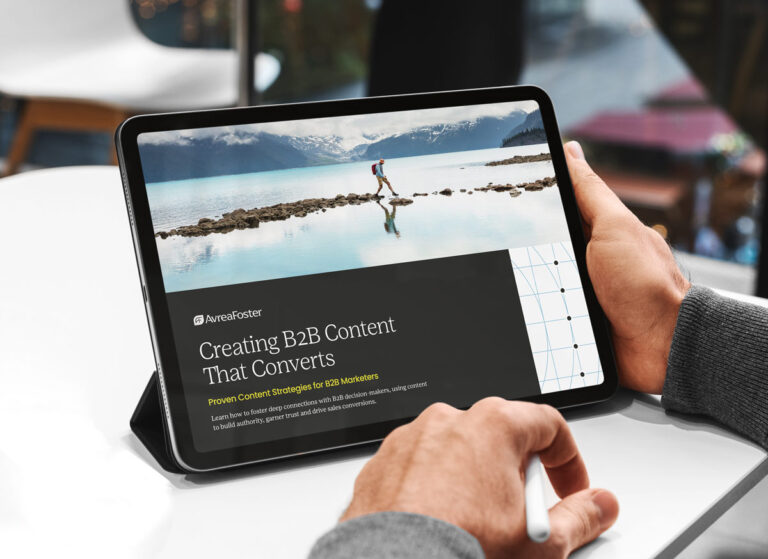SEO best practices still matter. But if you’re not optimizing for AI-driven Large Language Models (LLMs), you’re falling behind.
What SEO and LLM optimization have in common.
Despite their differences, SEO and LLM optimization start from the same foundation: content quality, clarity and structure. With that, there are no SEO best practices that will harm LLM performance, and the LLM optimization best practices we’ll discuss in a moment will not harm SEO. They are either additive or don’t impact the other channel.
Content Quality
- Clear, concise and helpful content remains critical.
- LLMs and search engines both penalize fluff and keyword-stuffing.
- Authority and trustworthiness are still rewarded.
Metadata Matters
- Title tags, meta descriptions and headers help both Google and LLMs understand your content’s hierarchy and context.
- XML sitemaps help LLMs crawl your site content, just like search engine spiders.
- Alt text for images and video help LLMs understand visual content, just like search engines.
Structured Data
- Schema markup makes it easier for both search crawlers and AI models to categorize and understand your website.
- Clear use of header tags helps guide an LLM through your content, similar to the way Google analyzes a webpage.
Internal Linking
- Clear navigation and internal linking strengthen topic associations — benefiting both search engine rankings and LLM comprehension.
- The relationships among pages are particularly vital to LLMs, since they look to answer questions that may not be addressed on an individual page of your website.

Where LLM optimization goes further.
- LLMs are trained on plain language. Avoid overly technical jargon unless your audience expects it. If you have to use it, be sure to define it. Don’t forget to spell out acronyms.
- Use FAQ-style headings to mirror the way users ask questions.
- Provide summaries at the start of a page, as opposed to an introduction that is more focused on a hook or restating a problem.
- Rather than over-prioritizing keyword density, play into LLMs’ drive to understand meaning and intent.
- Instead of repeating the same keyword and its synonyms, provide comprehensive coverage of related topics, subtopics and user questions. Provide ample, descriptive links to related content.
- Unless you’re the outsized leader in your vertical, restating the same industry facts and figures won’t land you in LLM conversations. Instead, aggregate your own research and insights and refine a distinct point of view.
- Publish your own frameworks, case studies and commentary — things that LLMs can’t find elsewhere.
- LLMs often pull data from web crawlers or browser-based access. Ensure your robots.txt isn’t blocking important pages.
- Be sure your firewalls aren’t blocking all crawlers but Google; discoverability now extends far beyond search alone.
- For enterprise content, consider exposing high-value sections through an Application Programming Interface (API) or feeds.
- Be thoughtful about the content you choose to gate. Unless it provides major added value to a user, it could pay higher dividends being crawled by LLMs versus hiding behind a form.
- LLMs don’t always credit sources, but they do when the brand is strongly associated with a topic through expertise or POV.
- Create a consistent brand voice and be sure you’re frequently referencing your own content and research, as well as other reputable sources.
Like SEO, LLM optimization is not a set it and forget it strategy.
- Keep an updated blog with answers to evolving industry questions.
- Refresh cornerstone pages regularly with new data and examples.
- Build topic clusters to show subject-matter depth, which boosts your credibility with LLMs looking for expert-level responses.
- Claim your digital identity via schema and verified listings so your brand is recognized in AI-driven summaries.
Looking for support from an AI-focused partner?
At AvreaFoster, we’ve been observing and participating in digital innovation for over 30 years, so we know a thing or two about riding the latest wave of breakthroughs toward success.
In the age of LLMs, visibility isn’t just about ranking higher; it’s about being chosen by AI models to represent a trusted source of truth. The best-performing brands will be the ones that understand how these AI systems think, read and make recommendations. If you’d like to get started on an AI-first website optimization strategy, reach out to AvreaFoster to start the conversation.



